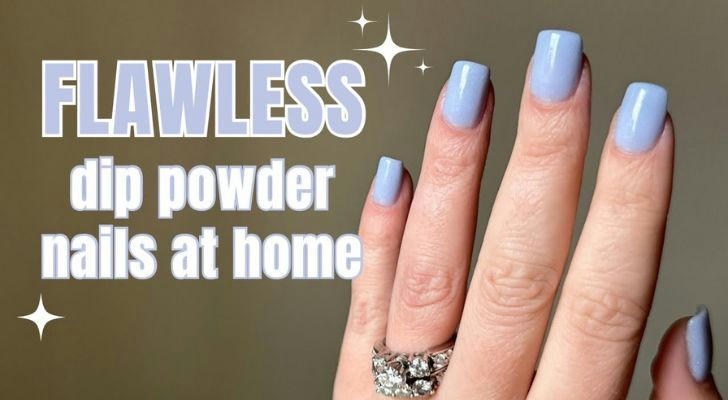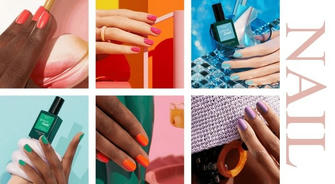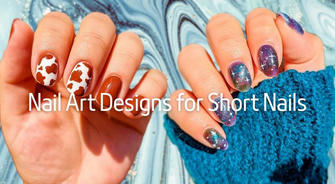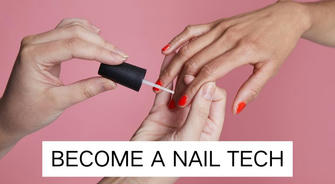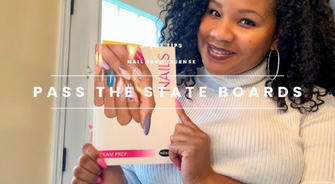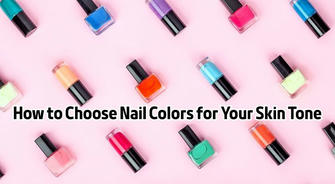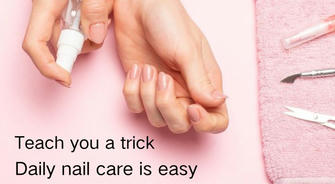-
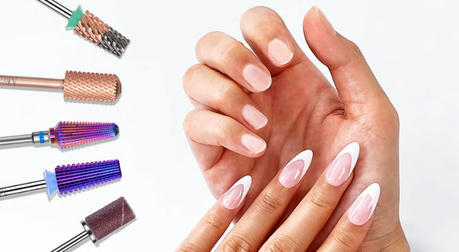 Nail Tutorials
Nail TutorialsBeginner’s Guide to Using a Nail Drill
Electric nail drills are no longer used only in salons—they've become part of many home nail care setups as well. With the right technique and safety precautions, a nail drill can help create smoother finishes, prep nails more efficiently, and maintain enhancements like acrylics or gels. For those just getting started, understanding how to use the tool properly makes all the difference.
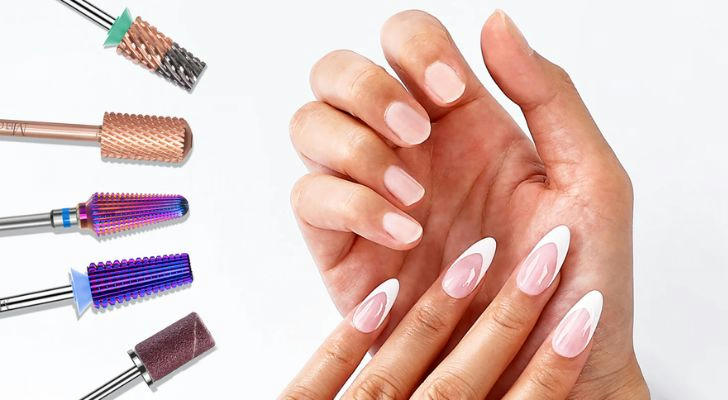
-
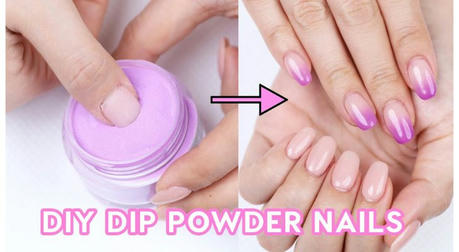 Nail Tutorials
Nail TutorialsHow to Apply Dip Powder Nails?
Dip powder nails have become a popular alternative to gel and traditional polish. They offer long-lasting results, a glossy finish, and don’t require a UV lamp to cure. Instead of painting color on, the nail is dipped into a finely milled powder and sealed layer by layer. When done right, this method can create a smooth and strong manicure that lasts for weeks.
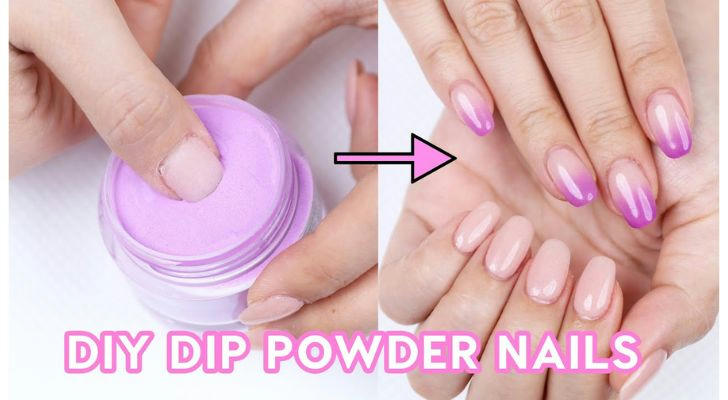
-
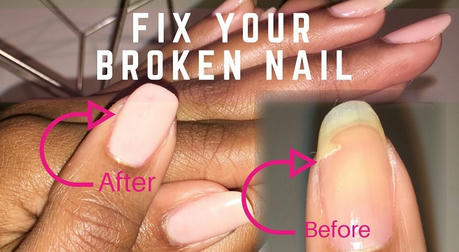 Nail Tutorials
Nail TutorialsHow to Fix a Broken Nail at Home
A broken nail can often be managed quickly and safely at home by first cleansing and assessing the injury, then choosing among several at-home repair methods—most notably the tea-bag patch, nail-glue reattachment, or simple trimming and bandaging. Post-repair care (filing, hydration, nutrition) supports healthy regrowth, while preventive practices (proper length, protective gloves, balanced diet) reduce recurrence. Severe breaks or signs of nail-bed trauma warrant professional consultation.
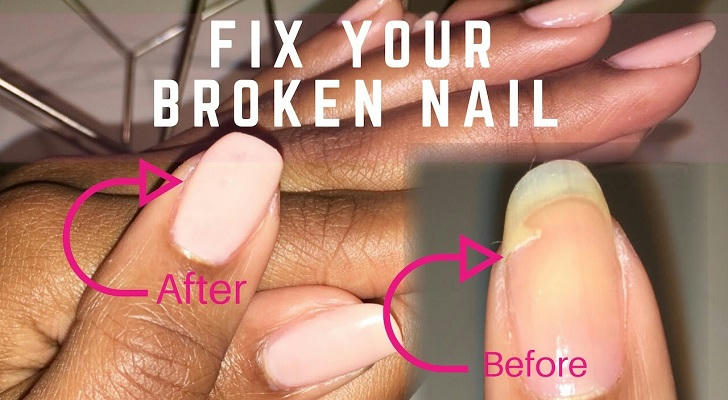
-
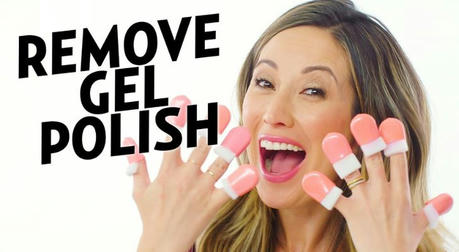 Nail Tutorials
Nail TutorialsHow to Remove Gel Polish Safely?
Gel nail polish offers a high-shine, chip-resistant finish that can last for weeks, but it doesn’t come off with a simple swipe of remover. Taking it off the wrong way—like peeling or scraping—can seriously damage the natural nail underneath. This guide breaks down how to remove gel polish at home in a way that keeps nails healthy and strong, without causing unnecessary harm.
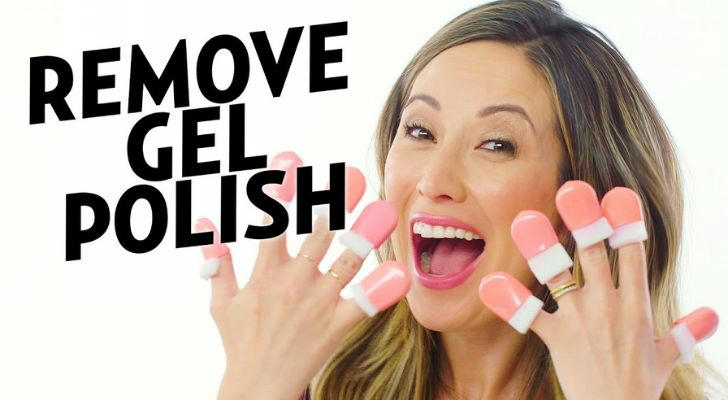
-
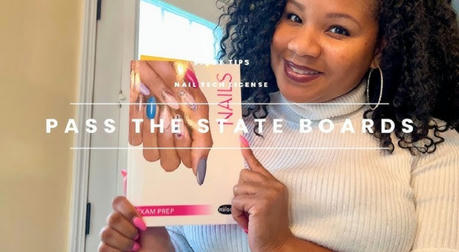 Nail Careers & Education
Nail Careers & EducationHow to Prepare for the Nail Technician Exam
A strategic approach to the Nail Technician Exam combines clear understanding of exam structure, disciplined study of core theoretical topics, hands-on practice of practical skills, and smart exam-day preparation. Candidates benefit from reviewing the National Nail Technology Theory Examination outline—40 percent scientific concepts and 60 percent nail procedures—practicing with timed mock tests, and mastering the six practical service domains (setup, manicure, tip, wrap, sculpt, polish). In addition, creating a weekly study plan, using flashcards for key terms, and simulating practical stations under time constraints help build confidence. On exam day, arriving early with proper identification and equipment—including a hand mannequin where required—plus maintaining calm through sound sleep and nutrition completes the preparation.

-
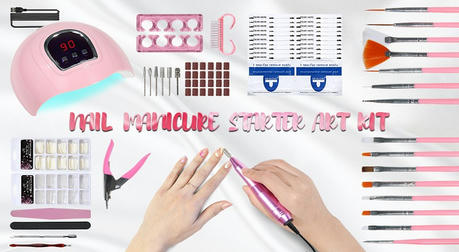 Nail Careers & Education
Nail Careers & EducationNail Tech Tools: Starter Kit Essentials
Assembling a starter kit of professional-grade nail tools lays the foundation for safe, efficient, and precise services. Core implements include nail clippers and nippers for trimming, cuticle pushers for gentle skin management, and a range of files and buffers to shape and smooth the nail surface. Enhancement equipment—such as a UV/LED lamp and electric file (e-file) with appropriate drill bits—enables application of gels and acrylics with consistent results. Hygiene essentials (EPA-registered disinfectant and alcohol) plus dedicated storage solutions maintain tool integrity and comply with industry regulations. Additional accessories—practice hands, nail-art brushes, and palettes—support skill development and creative design. A well-organized kit accelerates workflow, upholds sanitation standards, and fosters confidence for emerging nail technicians.
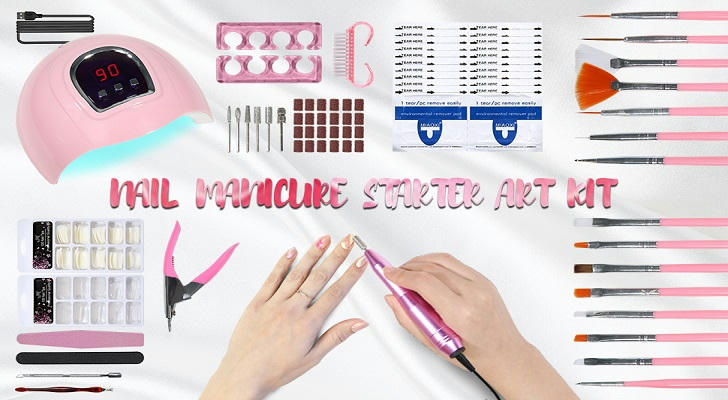
-
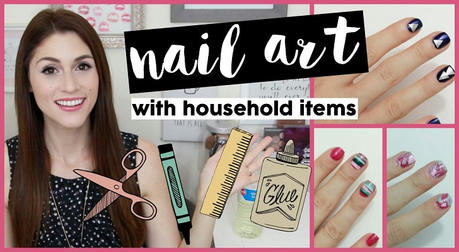 Nail Tutorials
Nail TutorialsDIY Nail Art with Household Tools
DIY nail art using household tools transforms everyday items into manicure essentials for creative, salon-inspired designs without specialized equipment. Common implements such as bobby pins, toothpicks, tape, sponges, cotton swabs, and paper towels serve as dotting tools, striping guides, gradient applicators, and makeshift stamps. Techniques covered include dotting, striping, sponging, water marbling, and texturing, each followed by sealing and basic nail care to ensure longevity and nail health.
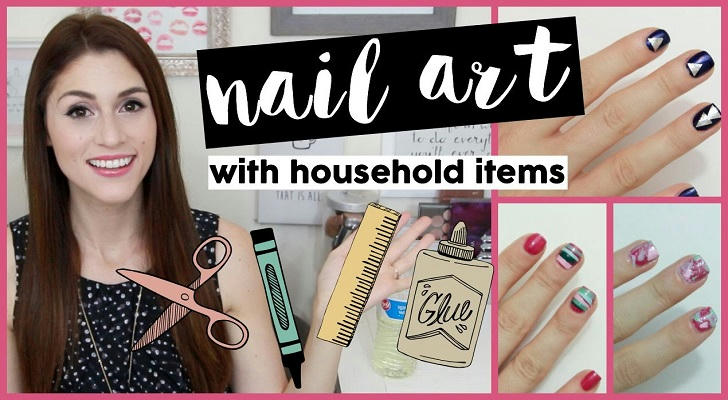
-
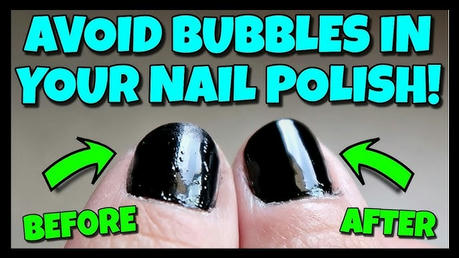 Nail Tutorials
Nail TutorialsHow to Avoid Bubbles and Smudges When Polishing
Achieving a flawless manicure requires attention to preparation, polish handling, application technique, and drying strategies. Proper workspace setup and nail cleansing establish a clean base for polish to adhere without trapping debris or moisture, which can cause bubbles or smudges. Rolling the polish bottle instead of shaking prevents introduction of air that leads to bubbles. Applying thin, even layers in a single, steady stroke and allowing adequate drying time between coats minimizes uneven buildup and surface imperfections. Post-application measures—such as icing nails briefly or using a quality top coat—accelerate curing and lock in the design, while gentle troubleshooting techniques can eliminate any remaining bubbles or smudges before they set.
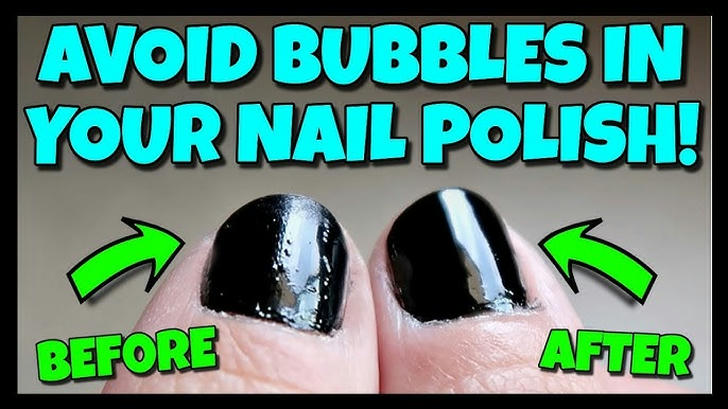
-
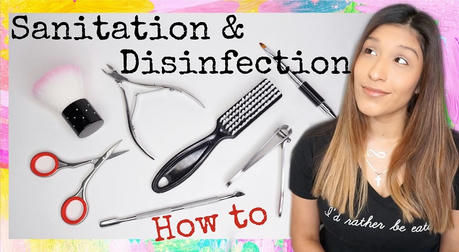 Nail Tutorials
Nail TutorialsHow to Clean and Sanitize Nail Tools
Regular cleaning and sanitizing of nail tools prevents transmission of bacteria, fungi, and viruses, ensuring safe manicures and pedicures at home or in a professional setting. The recommended protocol involves manual removal of debris, immersion in EPA-registered disinfectants or alcohol, thorough rinsing, complete drying, and proper storage to maintain tool integrity and efficacy. Following these steps after each use supports both nail health and overall well-being.

-
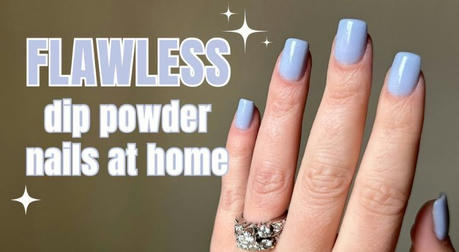 Nail Tutorials
Nail TutorialsHow to Do a Basic Manicure at Home?
Getting a manicure doesn’t have to involve scheduling appointments or sitting under salon lights. With the right approach, it’s entirely possible to give nails a clean, polished look right at home. This guide walks through a simple, effective manicure routine designed for everyday people—not professionals—and focuses on nail health just as much as aesthetics.
